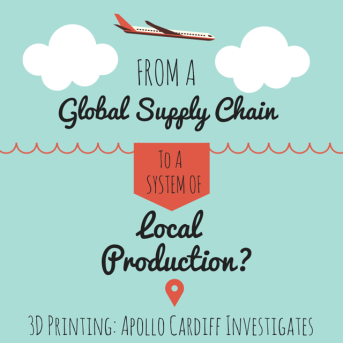Logistics is one of the most dynamic industries in the world, whether you are a service provider or a client that uses the service. There are various categories and ways to move goods from a one man band to a multi national corporation. It is plain to see that even large providers rely on numerous suppliers to move goods and this requires co-ordination between the buyer, supplier and carrier. Buyers are concerned with their delivery, the carrier is juggling other customer’s loads from bulk consignments all over the world to ensure delivery to the end recipient.
All companies operate across multiple supply chains and how they operate can vary enormously, but the end result must be to deliver the consignment “on time every time”. The logistics industry communicates at varies levels, but it would be foolish to think that any one company can do it alone.
It is imperative to understand that the success of any logistics company is due to flexibility, collaboration and the ability to share information.
For the buyer to understand how the suppliers operate they must understand the various services that are available to them.
Same Day Dedicated Vehicle
When a client books a dedicated vehicle it is usually for urgent items that have to be delivered the same day for a particular deadline. As such that vehicle will only carry that client’s items, follow the quickest route and allow enough time to deliver to the destination on time. Sometimes this process can breakdown if the courier provided carries more than one client’s goods in a bid to reduce their costs. This can result in the items not being delivered on time. Some would say that this increases the carbon foot print, but it does ensure the client’s ability to hit their deadlines and service to their end user. Courier firms are working hard to ensure that the vehicle does not return empty by picking up a backload therefore reducing congestion in urban areas. This type of delivery does come at a cost and often client’s are surprised how much. Often we see tenders going on a cheaper overnight service that are worth hundreds of thousands of pounds and being eliminated before the process has began as they were not prepared to pay for a dedicated service to ensure the delivery.
Overnight Door to Door Deliveries
There are many multi national companies that provide a cheaper overnight door to door service for next day, 48 hour or even timed services. Most of these carriers will guarantee delivery or money back. Often client’s are not aware of what this guarantee means! If the carrier fails to deliver, the item is then pushed to the next day therefore missing the deadline which affects services to its client. Overnight packages go through a sortation system and can pass through many pairs of hand’s before it is delivered. It stands to reason that it is open to more human error and can be sorted incorrectly at a main hub that deals with thousands of packages a night. During busy periods such as Christmas, many carriers struggle to keep up with the demand which can result in hundreds of packages sitting in warehouses while they figure out how to deliver them all. I would therefore stress that the overnight service should be used for non urgent items.
International Services
When companies or individuals try to export or import goods within the EU or Worldwide they must consider individual country restrictions, paperwork and taxes and duties. It can be a minefield to work out what is required when sending or receiving any items, but in general if you follow this guide you won’t go far wrong.
- Provide a full company name, contact name, address with zip code and telephone number (Various countries often ring ahead to arrange a delivery time).
- Measure each item to provide full dimensions i.e L x W x H. (Large items can be volume depending on the carrier which will affect the price).
- Weight of the item as this will affect the price.
- Provide a full list and description of what is being sent together with their value.
Commodity codes have to be obtained outside of the EU with a value of the goods. You can obtain commodity codes from HMRC online. Each item that is sent outside the EU must be accompanied by a customs invoice.
Although larger carriers supply a more automated service they can often fail on customer services. Smaller companies provide a more personal service, i.e items are tracked on the client’s behalf and any paperwork is completed by the carrier to ensure that the items are delivered on time. This gives many clients the flexibility to concentrate on other aspects of their job role, safe in the knowledge that the items are being tracked and paperwork completed which will help with the smooth passage through customs.
Article written by Emma Dyer
Director at Apollo Distribution Solutions







